Interviews with Casey Rias about procedural art and design, the development of digital tools and how software has become a new expressive tool for artists. Rias is one of the creators of Processing, a professor at UCLA, a media artist, the author of three books on programming and visual media. His work has been exhibited at the San Francisco Museum of Modern Art, Art Institute of Chicago, Whitney Museum of American Art.
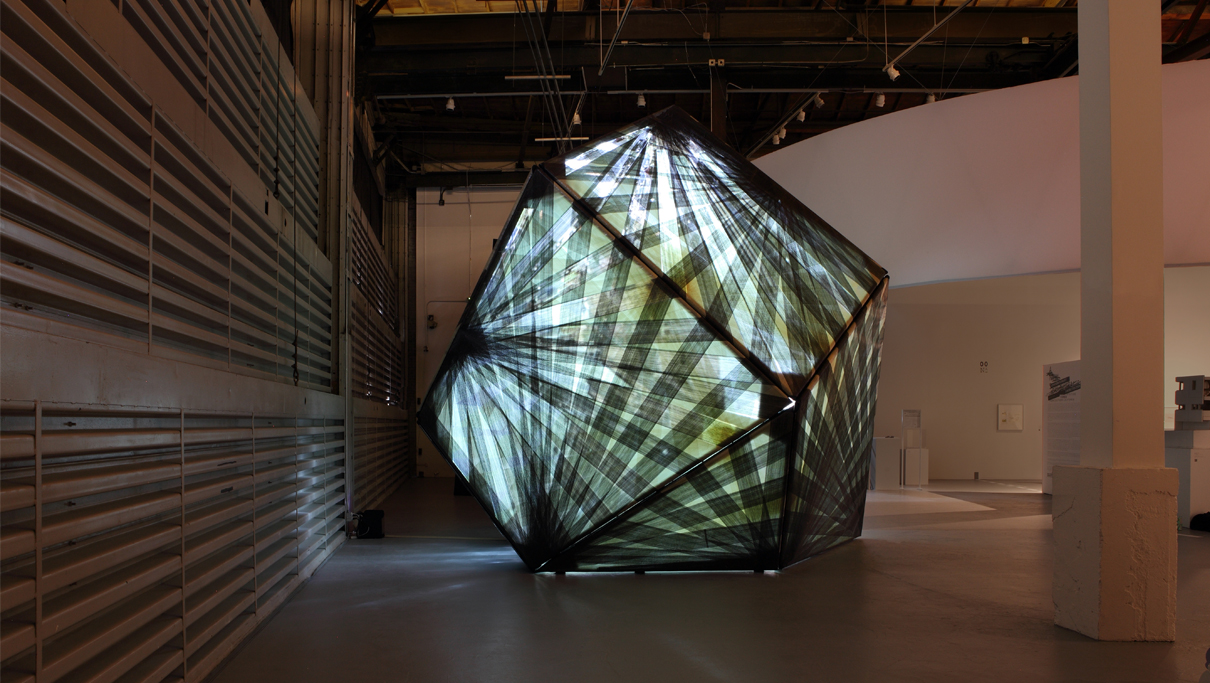
© Casey Reas, reas.com
Due to the diversity of Processing platforms and approaches, it is often perceived solely as a tool for media art. Wikipedia has been discussing for a long time about what Processing is: some call it a programming language, others - a set of libraries with an IDE, and others - just a framework. In my work, Processing is in a special place, because it allows you to go beyond the usual tools among designers. Traditional software is limited to universal methods of working with images - for example, scaling, filters and color correction - and additional features are provided by plug-ins, which, as a rule, have only one specific task. For me, Processing removes any restrictions on working with both vector and raster graphics. Using it in graphic design, for example, to generate images, I can quickly create a large number of parameterized sketches and test non-standard graphics algorithms.
Every year it becomes more and more obvious: Processing is an example of a new (and, as it turned out, largely forgotten old) approach to solving design problems. By analogy with the "game design", software can be not so much a tool as a result of work. The design object may be the program itself, which in a number of parameters creates the final product: video, image, or already the final layout. If you look even wider, then Processing is a reflection of the global phenomenon of the “democratization” of technologies and a good example of the flexibility in working with data and images provided by the digital environment. In March of this year, between Casey Rias workshops for the students of the The New Normal educational program at the Strelka Institute, I was able to ask him a few questions about his approach and experience with the software.
What topics and ideas are central to your research?
It all started with autonomous drawing systems and fundamental concepts related to science. Then it all turned into a kind of combination of various forms of "media", such as television and various types of photography. After I started working with the software. Until recently, I only created abstract works and pursued the idea of ambiguity.

© Casey Reas, reas.com
MicroImage is a series of works that is based on the ideas of the neuronatom Valentino Breitenberg.
Process Compedium is one of your key and longest-running work series. How did you come up with the idea of this project? What originally inspired you?
The Process series began with a small study of the work of Sol Levitt in the context of software as art. The idea was to provoke a dialogue about the relationship between conceptual art and software in the context of the first. This project launched the Whitney Museum of American Art and restored it last summer. True, the Process series works are different from Levitt's - they describe the system in constant motion, and not a set of tools for a static image.

Reproduction of Eric Doeringer
© Eric Doeringer, ericdoeringer.com
One of the main directions of the conceptualist Sol Levitt were sets of instructions for creating works, available to anyone who wants to translate them - this had nothing to do with software. This is a logical continuation of Levitt's idea: we create a program from a set of instructions, which itself is a set of instructions, just executes its computer, and not an artist.
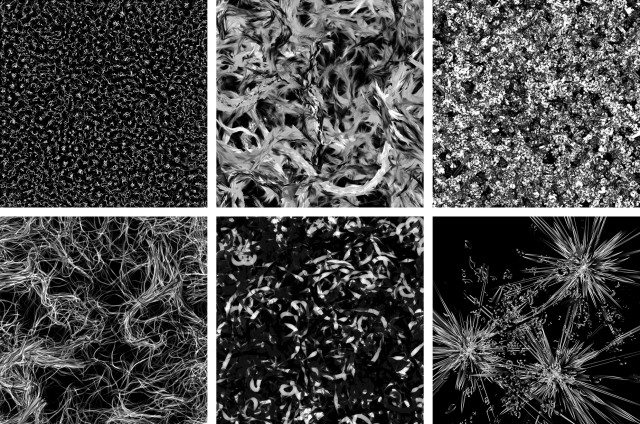
© Casey Reas, Flickr
All the works in the Process Compendium series were created using a combination of two forms — a line and a circle — and 7 behavioral patterns that the object follows. Images are frames of a dynamic system that is in constant motion and follows simple instructions.
Another component of the Process project is the phenomenon of "emergence." Images in the Process series are “grown”, appearing from a small set of simple shapes. I was greatly influenced by research into the issues of artificial life of the late 90s, so I decided to combine them with autonomous drawing systems.
In my opinion, one of your most unusual collaborations is the book 10 PRINT CHR $ (205.5 + RND (1)) ;: GOTO 10. Tell us a little about her story.
The book was an experiment. Can ten people write a book together as one author? Can we write a whole book about the program in one line? The project was initiated by Nick Monfort, an associate professor at the Massachusetts Institute of Technology, a researcher and writer. The name of the book is a program consisting of one line of code, written in the BASIC language and appeared in the Commodore 64 manual in 1982.
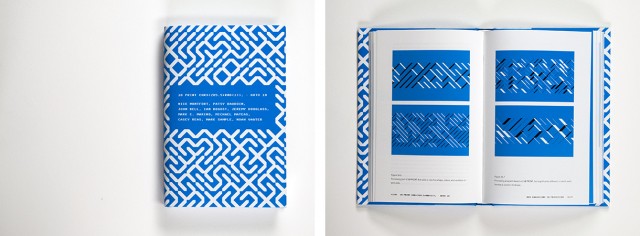
© Casey Reas, Flickr
Commodore 64 is a legendary home computer released by Commodore International in 1982. According to the Guinness Book of Records, this model is still the best-selling in history. The global prevalence of computer has led many global ideas related to creative programming to form precisely thanks to Commodore 64. In book 10 PRINT, one line of code for Commodore 64 is regarded as a cultural artifact and discusses different ways how to think about code and programming.
A pdf version of the book is available at 10print.org .
The result exceeded my expectations: the book covers a large amount of knowledge; I do not think that any of the authors could write it separately - this is an excellent example of academic cooperation.
Your work is associated with "generative art." Have you thought of a more general and broad term that would clearly describe what you are doing now?
There are many different definitions of "generative art", and, probably, my definition can be considered as very narrow and specific. I personally see this area mainly within the tradition of drawing and painting, but I can also connect it with photography and video. My work over the past six years has gone exactly in this direction. Now I am interested in expanding this definition to include a history of working with text and cinema language. I want to push the boundaries of conventional genres and expressive means. The history of games and video games, for example, can become part of this definition. I have used the term “software” for many years and do not think that I have ever used the term “generative art” in relation to my works. I would say that I am working on strengthening the role and ideas of software in art, which actually create some niches. However, the term “software” does not work well, because it does not convey this idea to the main audience, and is puzzling from the curators of the galleries (this format is not generally accepted and conditionally “legitimate” for supporters of “classical” art - painting, sculpture, etc. .– auth.).

© Casey Reas, reas.com
If the world of art still focuses on "traditional" works, what other difficulties do artists face in the art market who exhibit works created with the help of a computer or through coding?
I think there are many art niches and the market is just one of them. Some curators and institutions are closely monitoring media art and their number is growing, which is already inspiring. Collectors of media art have also appeared, but their number is relatively small, of course. Works of this kind of art are more difficult to install and maintain, but these problems also apply to individual works. According to my observations, over the past twenty years, people have become more interested in media art. This is a good sign.
© Casey Reas, Vimeo
How, in your opinion, will the tools for design and software develop? Will the border between designers and coder disappear?
This border seems to me important, although in order to work more effectively together, one needs knowledge of the other. I am totally committed to the idea of a “hybrid” specialist: deep knowledge in some less basic area (graphic design or architecture, for example) and sufficient experience in programming. This combination will allow you to create truly unique products using code. Computing systems have contributed to the transformation of biology and economics, and I think they have every chance to influence the visual arts. Software has become a new expressive tool for artistic search: art is the algorithm itself, and not the object that it creates. Take, for example, video games: this already established genre vividly illustrates this approach, but this is a very narrow way of presenting all the possibilities that are hidden in it.
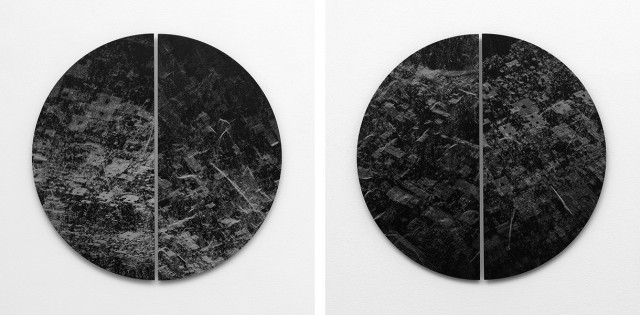
© John Berens, reas.com
It can be said that modern architecture is one of the most vivid and illustrative examples of the “procedural” approach. Is it possible to correlate generative design and parametrism in architecture?
I think that both of these names are close enough. This is the idea of meta design, or creating a machine that explores, generates, or improves a design. This is about creating unique, flexible tools for a particular project. Some projects are suitable for a “generative” approach in almost any field of art, from choreography to lithography and weaving. A frequently quoted phrase by Saul Levitt highlights the point: “An idea becomes a machine that creates art.”
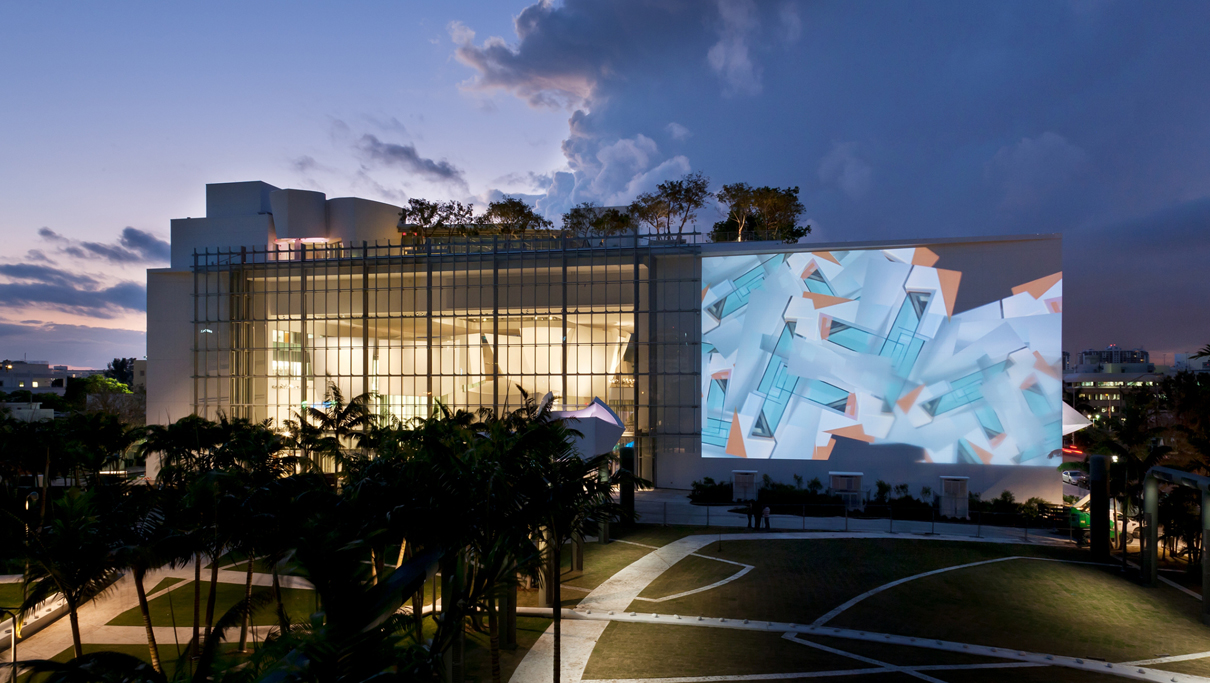
© Claudia Uribe, reas.com
In my opinion, meta-design began in the 60s with people like Karl Gerstner. His book Designing Programs (the original title in German - Programm Entwerfen - ed.) Was a great presentation of parametric design ideas. There are even earlier examples, such as the Univers Adrian Frutiger font. These ideas have long been used in patterns for illustrated manuscripts and religious architecture, for example, on the floor of the cathedral in Amiens (auth.) . As for the future, I do not know what it holds in it.

© Andrey Noskov, Strelka Institute
CaptionsProcessing is supported and developed by the Processing Foundation.
The organization promotes new educational and developmental initiatives.
Project Coordinators
Lauren McCarthy
Daniel Shiffman
Ben Fry
Casey Reas
p5.js (library and javascript code editor)
Lauren McCarthy
Processing Integration in Raspberry Pi
Gottfried Haider
Processing for Android
Andres Colubri (Andres Colubri)
Library and tools
Elie Zananiri
OpenProcessing Project
Sinan Ascioglu